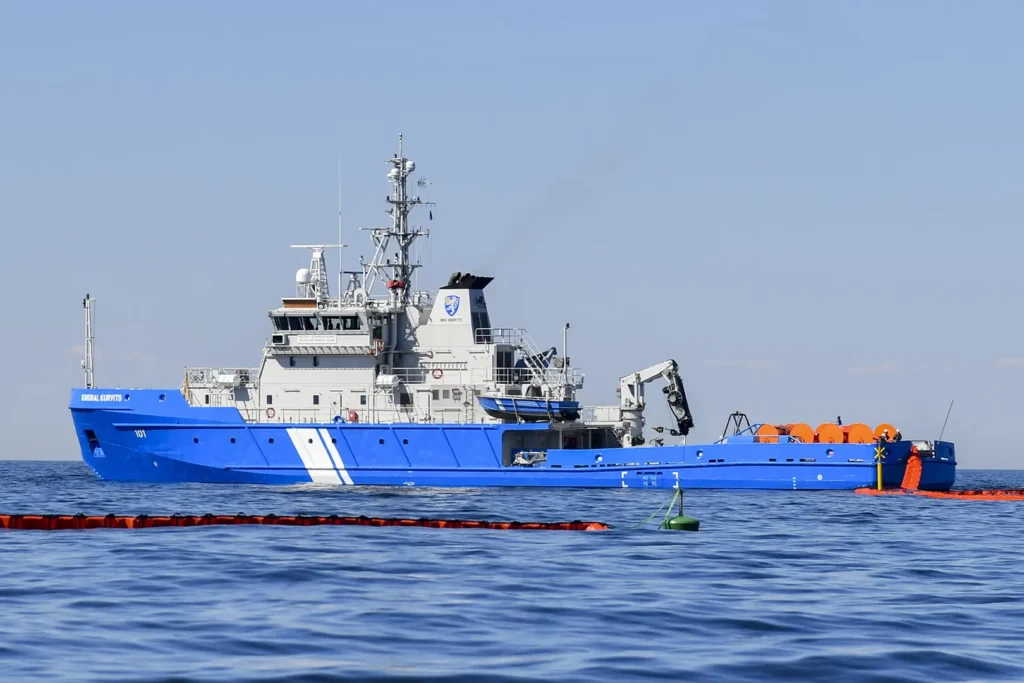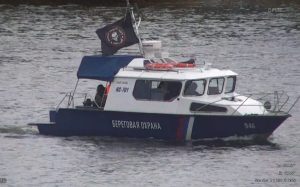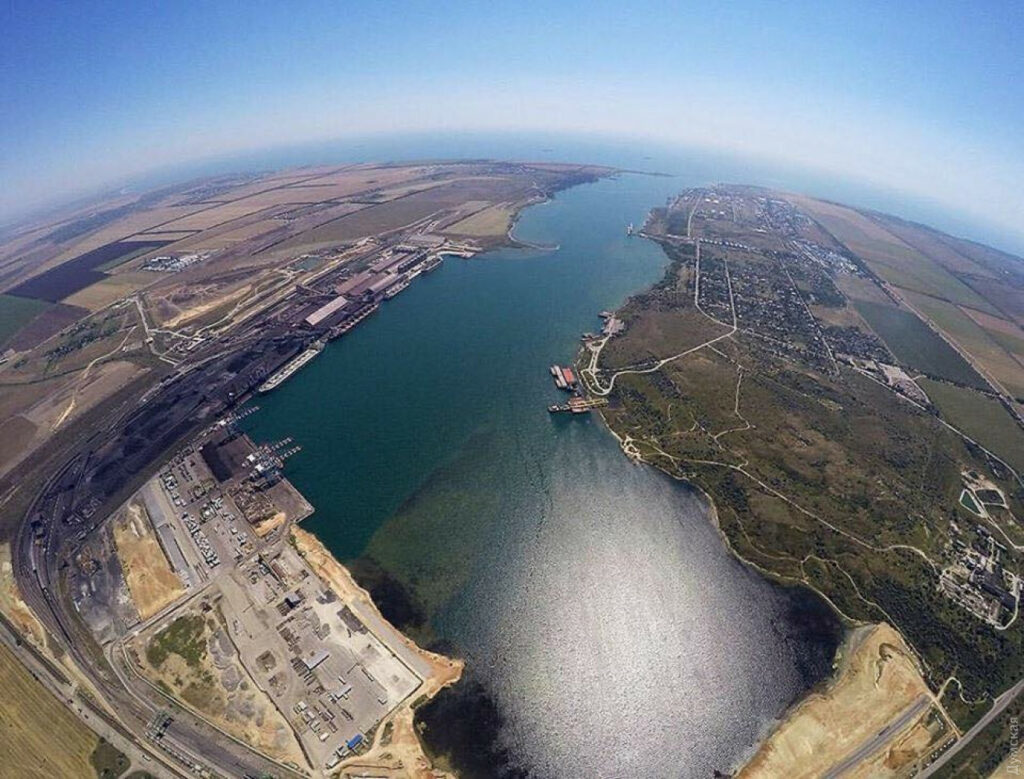Estonia can block the passage of russian vessels through the Gulf of Finland

The Ministry of Foreign Affairs of Estonia suggested that the government introduce a coastal “adjacent zone” regime in the Gulf of Finland, which could limit access to the water area for russian vessels.
In turn, the Estonian government instructed the ministries within a month to work out their position on the introduction of the contiguous zone, which would allow Estonia to apply its laws and detain violators in the wider maritime zone, reports ERR.
The introduction of the contiguous zone allows to check compliance with Estonian law within 24 nautical miles from the starting line of the Estonian territorial sea. According to Foreign Minister Urmas Reinsalu, this would affect Estonia’s security, environmental protection, as well as archaeological and historical sites found in the sea.
The Ministry of Foreign Affairs of Estonia denies that the measure is aimed at more effectively applying sanctions against russia. However, this may be one of the hidden motives of the initiative.
In the case of the introduction of the adjacent zone regime, Estonian special services will be able to inspect russian warships and civilian vessels leaving the ports of the Leningrad Region and Kronstadt. If the inspection is refused, they will be denied passage through the Gulf of Finland.
The right of a state to exercise its power in the contiguous zone extends to customs and tax matters, as well as, for example, sanitary and immigration regulations and the seizure of various objects found on the seabed.
The contiguous zone will allow the Estonian authorities to pursue violators beyond the borders of the territorial sea. The current wording of the Police and Border Guard Act unreasonably limits the right to pursue, as it prohibits pursuit across the border of the Estonian state.
In the Gulf of Finland, Estonia and Finland established the boundary of their territorial sea in such a way that a free navigation zone of three nautical miles remained on both sides of the Gulf of Finland line. Although the Convention on the Law of the Sea allows for the width of the contiguous zone to be up to 12 nautical miles from the outer limit of the territorial sea, in the Gulf of Finland it can extend that far and must border the dividing line of the gulf, i.e. only three nautical miles from the outer limit of the territorial sea of Estonia .
However, westward it may extend up to 24 nautical miles from the baseline of the territorial sea, that is, from the line running near the coast from which the width of the 12-mile territorial sea is calculated. In the direction of Sweden, even with the maximum width of the adjacent zone, it will reach the dividing line.
USM previously reported that Estonia and Finland plan to combine missile defense systems to make the Baltic Sea an internal NATO sea. This decision will also close the gulf of Finland for russian warships.





